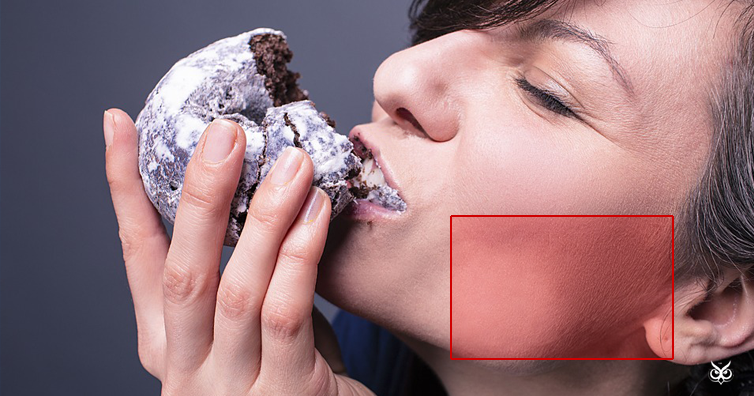We all have a preferred side in our mouth for chewing food but, have you ever wondered how is this side determined? Why do we choose right from left and vice versa?
Let’s find out.
For decades people believed that we chew our food on our dominant hand’s side. If you are a right-handed person you would chew your food on the right side of your mouth and if you are a left-handed person, on the left side of your mouth. But research showed that our chewing-side preference has nothing to do with our dominant hand side. (the article continues after the ad)
A study published in 2011 in the Journal of Oral Rehabilitation indicates that our decision is based purely on pain.
Our right and left temporomandibular joints (TMJ) both guide and support the mandible while we chew our food. But, the TMJ on the opposite side from where the food is chewed gets the majority of the stress. That means that when food is chewed on the right the TMJ on the left is under the most stress and vice versa.
The research found that 37% of the population has a problem with at least one of their temporomandibular joints. The problem is mainly a disc that is slightly out of place thus making one of your TMJs weaker than the other. While conducting the research, scientists found that people have unconsciously chewed their food on the same side as the problem joint. This is logical since, as explained above, the TMJ stress is less on that side when chewing.
So, that means that if you tend to chew your food on the right side, your right TMJ is weaker than your left and if you chew your food on the left side, your left TMJ is weaker.





